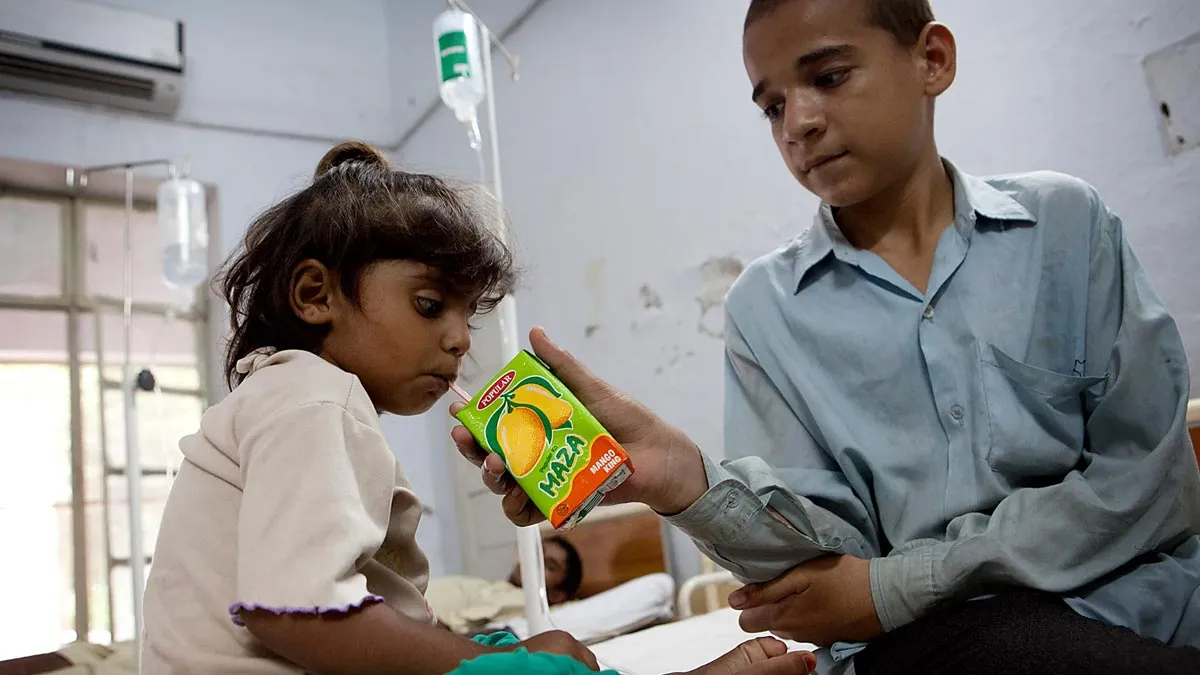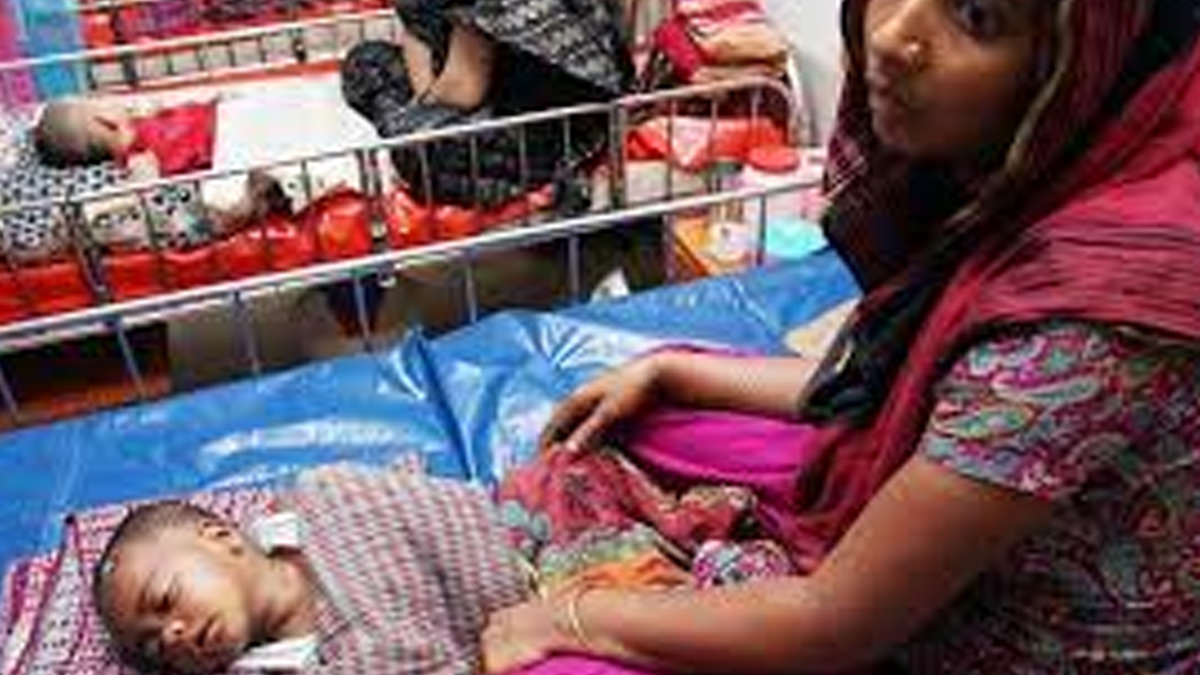
Despite global efforts to combat diarrhoeal diseases, the condition remains a significant health concern, particularly for children under five and elderly individuals over 70. A recent study published in The Lancet Infectious Diseases sheds light on the persistent impact of diarrhoea on vulnerable populations and underscores the need for continued intervention and prevention.
Table of Content:-
Global Mortality Rates See Decline, Yet Vulnerabilities Persist
The study, part of the Global Burden of Disease (GBD) initiative led by the Institute for Health Metrics and Evaluation (IHME) at the University of Washington, reports a decline in diarrhoea-related deaths from 2.9 million in 1990 to 1.2 million in 2021. While this 60% reduction is significant, diarrhoea remains a leading cause of death in specific demographics, notably in sub-Saharan Africa and South Asia.
Targeted health measures, including oral rehydration therapy, improved sanitation, and widespread rotavirus vaccination, have contributed to the reduction. However, gaps in access to these interventions continue to exacerbate mortality rates in low-resource settings.

Children Under Five: The Hardest Hit
Young children bear the brunt of diarrhoea’s impact, despite seeing the most substantial decline in mortality rates. The study highlights that children under five remain disproportionately affected, with sub-Saharan Africa recording over 150 deaths per 100,000 in this age group.
Dr Hmwe Hmwe Kyu, an associate professor at IHME and co-author of the study, noted that targeted strategies have been critical in reducing deaths but emphasised the need for continued efforts to protect the most vulnerable.
Also Read: Shark Tank India Sparks Debate: Namita Thapar and Anupam Mittal Face Off on Work-Life Balance
Seniors Over 70: An Overlooked High-Risk Group
While children dominate the discourse on diarrhoea-related mortality, the study points out alarming figures among individuals aged 70 and older. In South Asia, this age group experienced a mortality rate of 476 deaths per 100,000 population, making them particularly susceptible to the disease’s complications.
Factors like weakened immunity, pre-existing health conditions, and limited access to healthcare contribute to higher vulnerability in older populations.

Key Preventive Measures: A Multi-Pronged Approach
The study stresses the importance of addressing key risk factors to further reduce diarrhoea-related deaths. Researchers advocate a combination of life-saving measures, including:
- Oral Rehydration Salts (ORS): Widely regarded as a cornerstone of diarrhoea treatment, ORS helps combat dehydration effectively. WHO-approved formulations provide the optimal balance of glucose, sodium, and potassium necessary for recovery.
- Improved Sanitation: Building infrastructure for clean water and safe waste disposal can significantly lower transmission rates of diarrhoeal pathogens.
- Vaccination Programs: Expanding access to rotavirus vaccines and integrating multiple vaccines into single formulations can enhance immunisation efforts, reduce costs, and improve accessibility.
Also Read: Epigamia CEO Rohan Mirchandani Dies Of Cardiac Arrest At 42: Know Possible Causes In Your 40s
Experts emphasised the importance of choosing scientifically validated ORS over sugary commercial drinks, which lack the necessary electrolyte balance for proper hydration.
Regional Challenges and Global Solutions
The study’s granular analysis allows policymakers to focus on region-specific challenges. For instance, sub-Saharan Africa requires enhanced access to clean water and medical supplies, while South Asia needs strategies tailored to its elderly population.
By prioritising evidence-based approaches such as education, vaccination, and community-driven sanitation programs, the global burden of diarrhoea can be further mitigated.
Bottomline
While progress has been made in reducing deaths caused by diarrhoea, the condition still poses a significant threat to the world’s youngest and oldest populations. Sustained global efforts, improved healthcare infrastructure, and targeted interventions are critical to ensuring that preventable deaths become a thing of the past.
Also watch this video
How we keep this article up to date:
We work with experts and keep a close eye on the latest in health and wellness. Whenever there is a new research or helpful information, we update our articles with accurate and useful advice.
Current Version